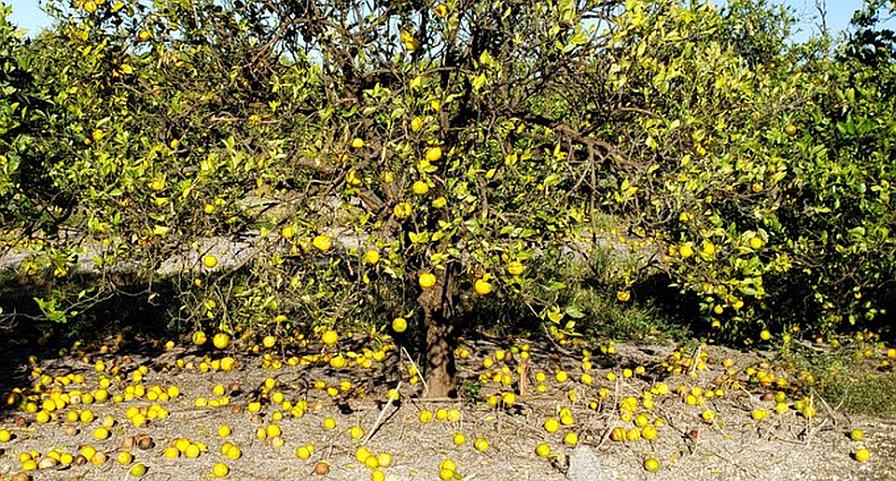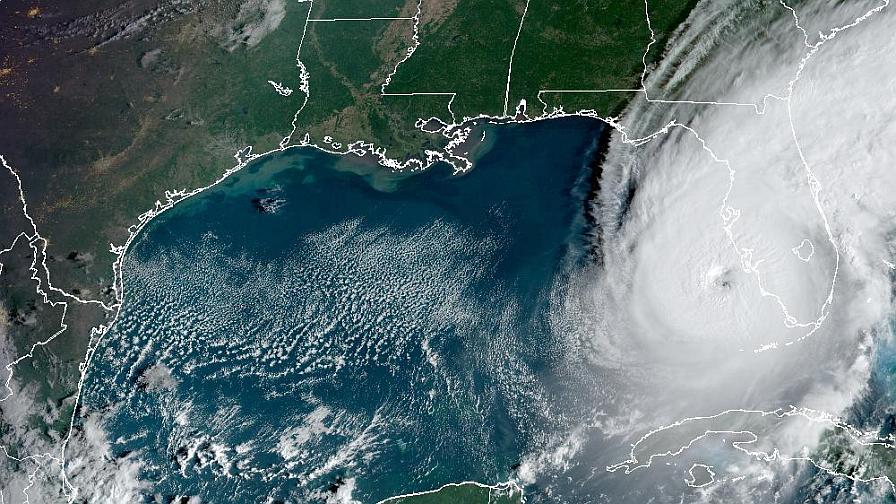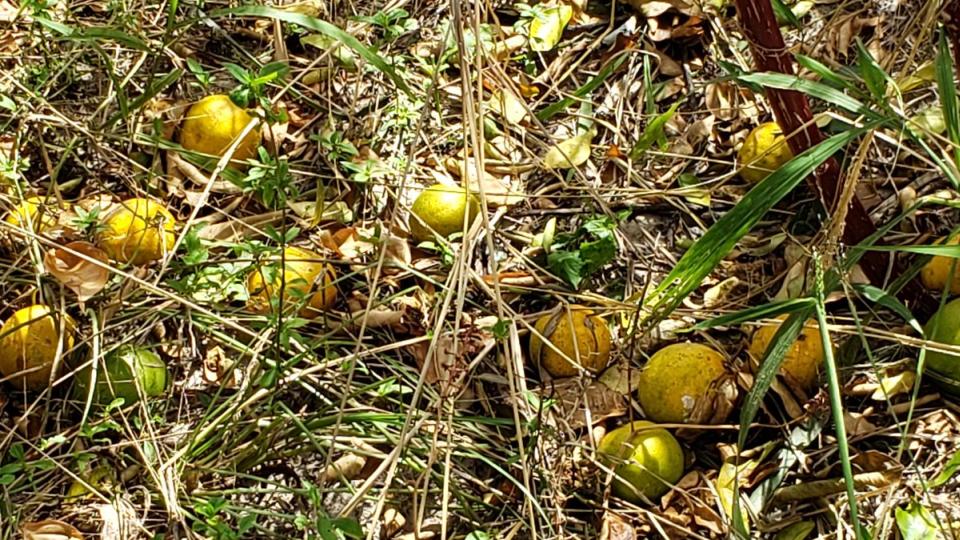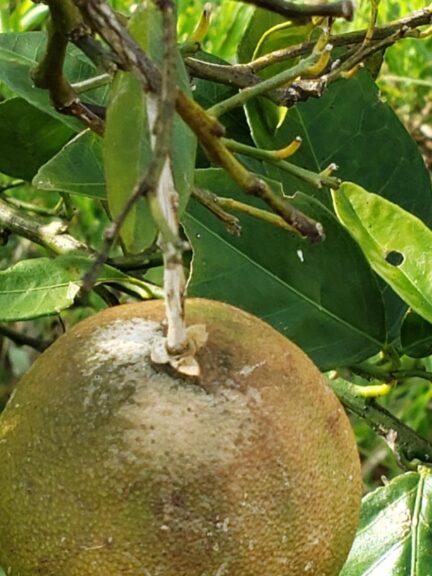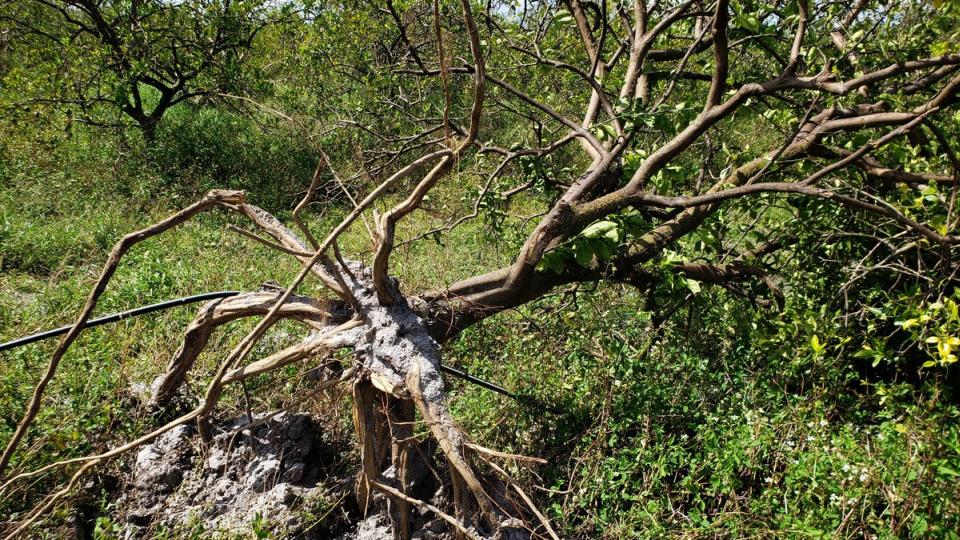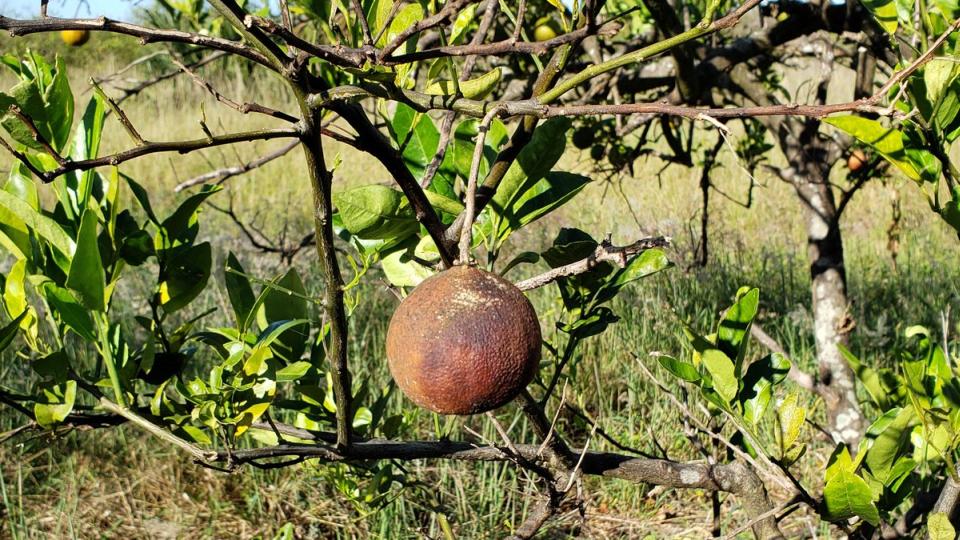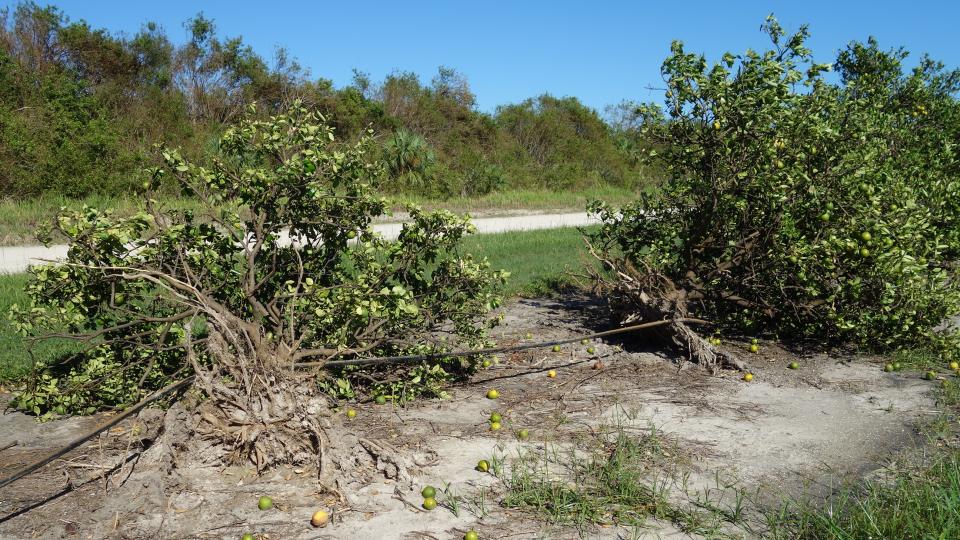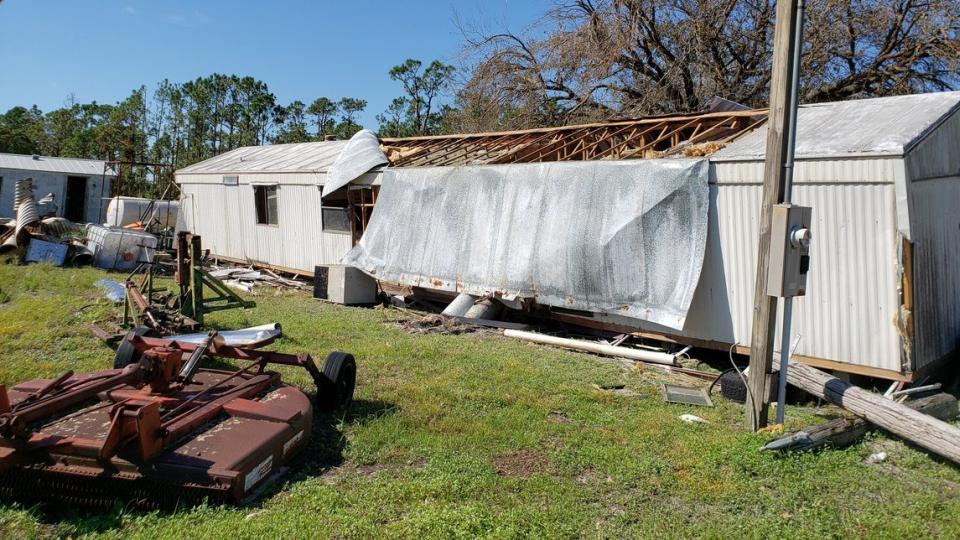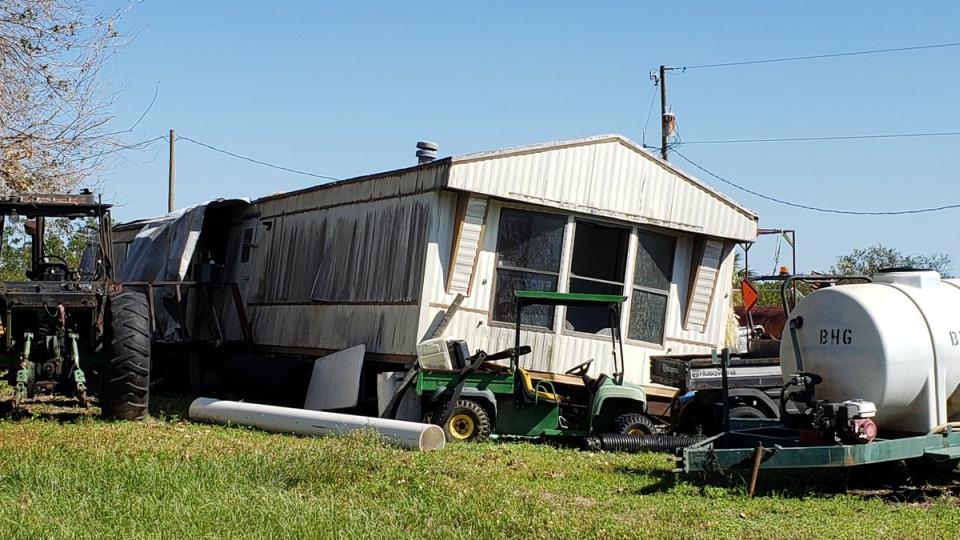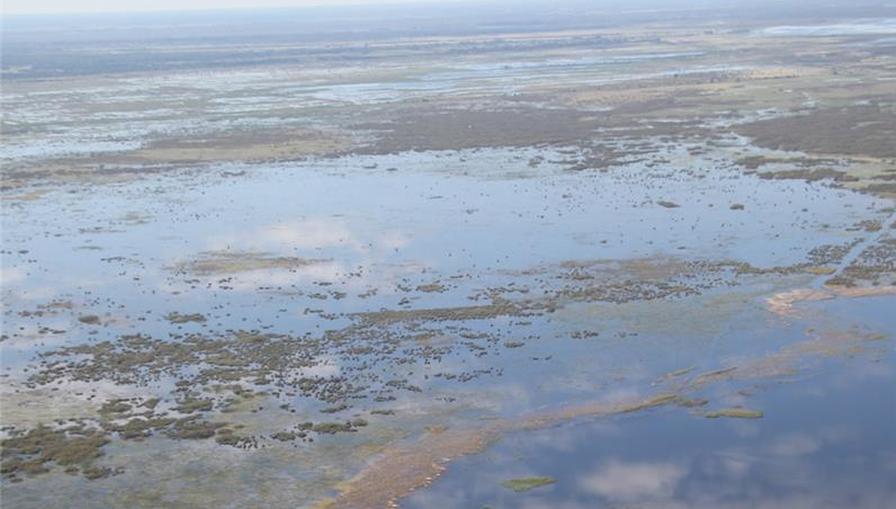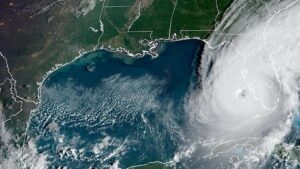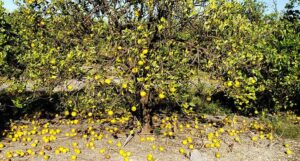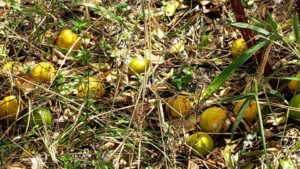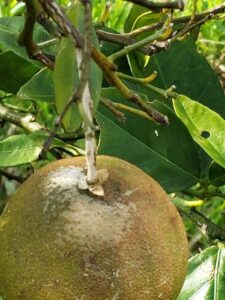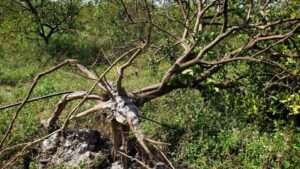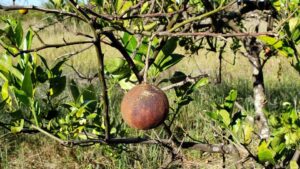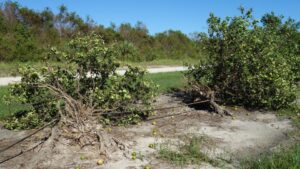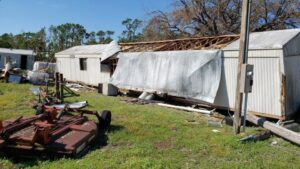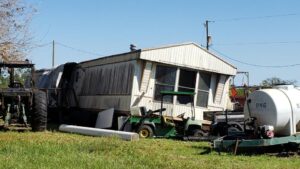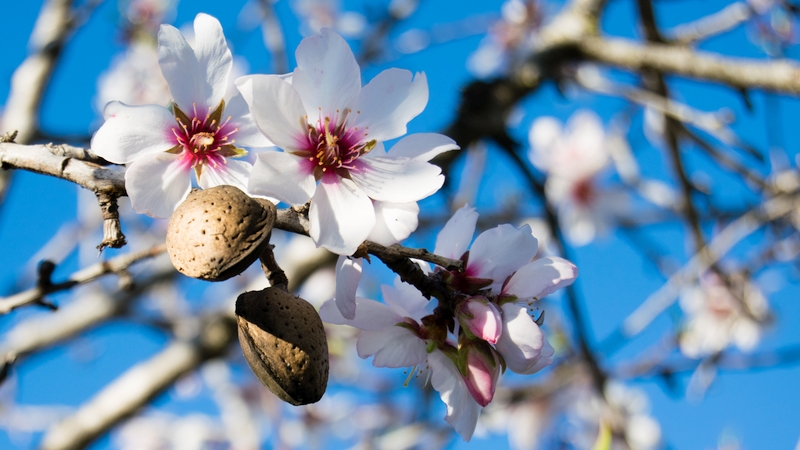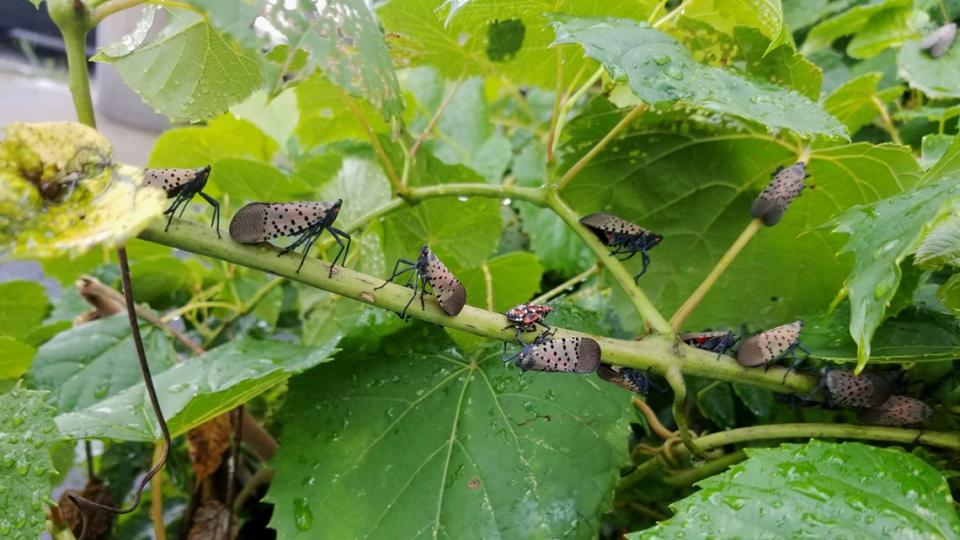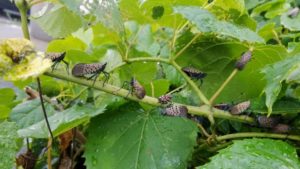How the Fate of Florida Citrus Might Hinge on Lessons Learned from Hurricane Ian
University of Florida researchers are looking at longer term impacts from Hurricane Ian in hopes of finding strategies to improve recovery and provide recommendations to plan production systems that are more resilient to future storms. USDA’s National Institute of Food and Agriculture has awarded UF/IFAS a one year grant of $288,000 as part of its Rapid Response to Extreme Weather Events Across Food and Agricultural Systems program.
Hurricane Ian hit most citrus groves in Florida with flooding rains and high wind speeds. Dropped fruit and lost foliage from tree canopies were immediately apparent, but previous experience suggests that recovery will lag, with continued leaf and fruit drop over the coming months. Growers need timely information to improve recovery, as well as recommendations to plan production systems that are more resilient to future storms. These practices include particle films, individual protective covers, irrigation to reduce stress, and gibberellic acid to enhance new leaf production, as well as grove layout and windbreaks to reduce damage from future storms.
“Ultimately, with work funded by this grant we hope to be able to make recommendations for horticultural practices to mitigate hurricane losses and hasten recovery of tree health,” says Christopher Vincent, Assistant Professor of horticulture and project leader. “Also, by looking at groves in different locations, we will be better prepared to predict damage from future storms and the time trees take to recover, depending on wind speeds.”
Vincent and collaborator Tripti Vashisth and their teams will assess 20 to 30 groves impacted by Hurricane Ian and inform growers of the most effective post-hurricane recovery strategies to improve the resilience of the citrus production industry in hurricane-prone regions. They are still looking for additional participants . They will be looking at a variety of groves that experienced only tropical storm force winds (<75 mph) to those who faced the strongest and worst storm conditions.
Groves with different varieties including Hamlin, Valencia, ‘Star Ruby’, and ‘Sugar Belle’ will be included in the review. Researchers will be looking at the number of fruits dropped month-to-month, final yield per tree and canopy recovery. Mature, fully expanded leaves will be sampled every 6 months and measured for weight and other characteristics to assess tree health and nutritional status.
Roots will be sampled at six-month intervals to assess the impact of storm flooding. All of the information gathered in these grove surveys will be used to model the impacts of wind speed and flooding on grove health and on recovery time. This information will provide the data for a decision support tool that can be used to further understand the medium-term economic and horticultural impacts of tropical storms.
Vincent expects to be able to share information with growers about his findings beginning this summer. Growers who participate in the study will get monthly updates on the status of trees across the state, as well as any observations on helpful production practices.
If interested in participating, contact Vincent at [email protected].




